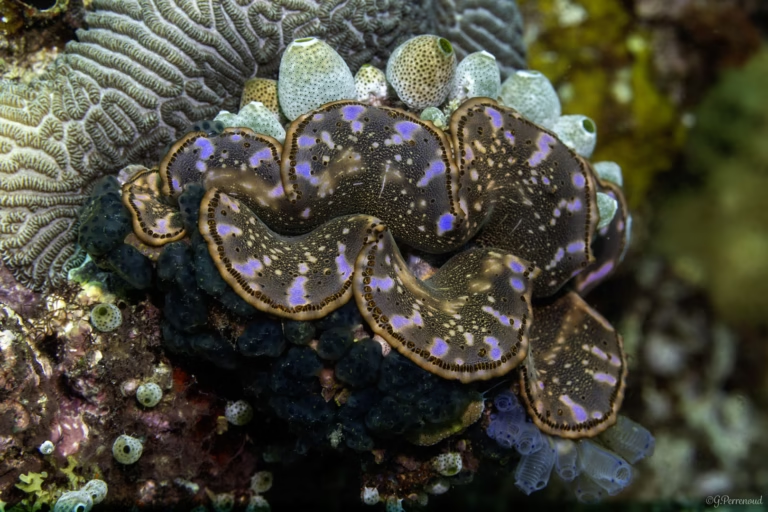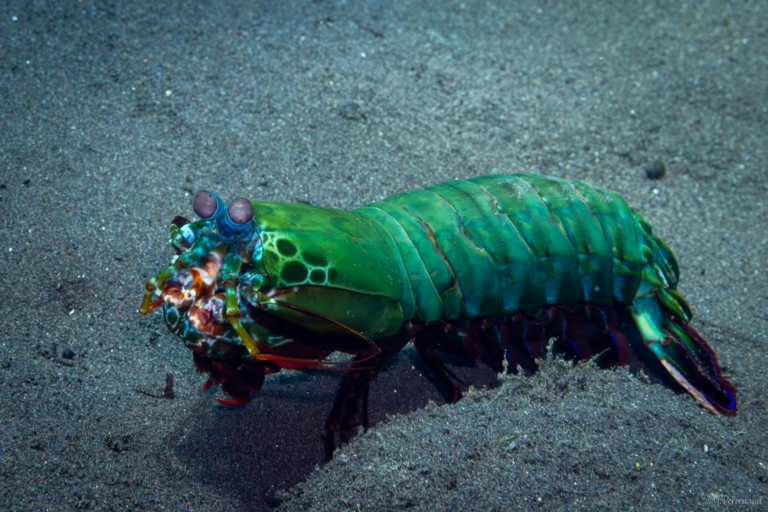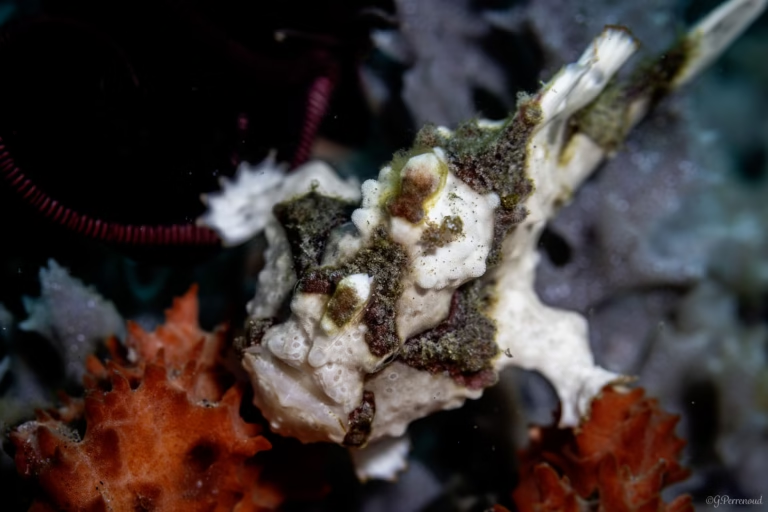
Table of contents
Introduction

Introduction to Sea Turtles
Sea turtles belong to the order Testudines and the suborder Cryptodira, a group of reptiles that have evolved to thrive in the vast expanse of the oceans. These marine marvels are distinguished by their streamlined bodies, protective carapaces (shells), and powerful, paddle-like flippers that propel them through the water with remarkable agility.
There are seven extant species of sea turtles, each with its unique characteristics and habitats:
- Green Turtle (Chelonia mydas)
- Hawksbill Turtle (Eretmochelys imbricata)
- Loggerhead Turtle (Caretta caretta)
- Olive Ridley Turtle (Lepidochelys olivacea)
- Kemp’s Ridley Turtle (Lepidochelys kempii)
- Flatback Turtle (Natator depressus)
- Leatherback Turtle (Dermochelys coriacea)
Despite their aquatic adaptations, sea turtles maintain a strong connection to land, as females must return to their natal beaches to lay their eggs and ensure the continuation of their species.[2]
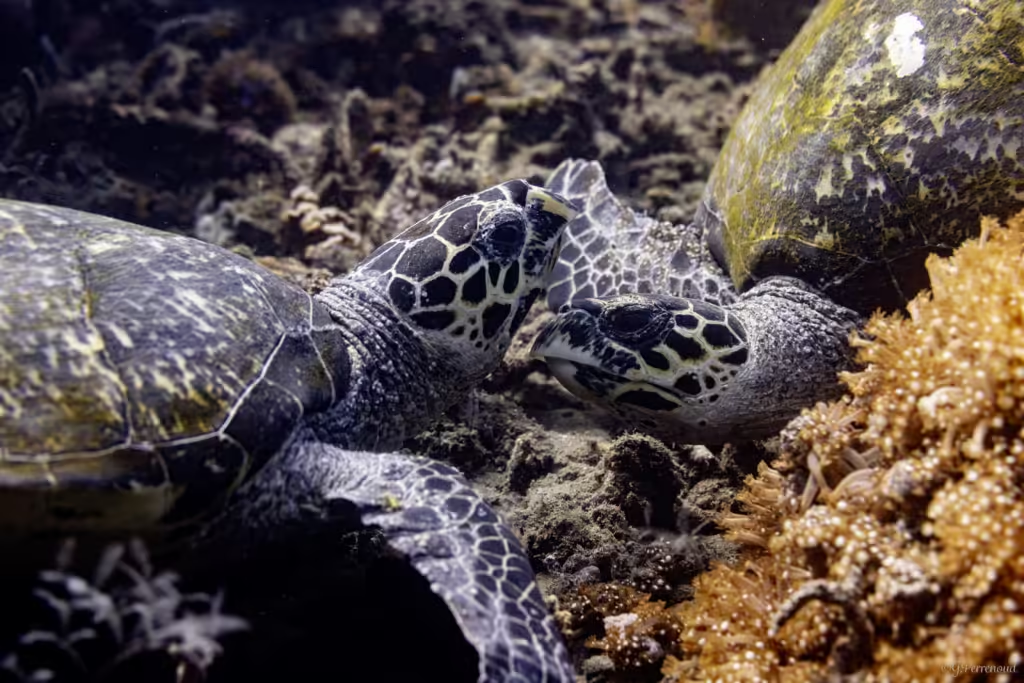
The Remarkable Life Cycle of Sea Turtles
The life cycle of sea turtles is a remarkable journey filled with challenges and adaptations. It begins with the arduous process of nesting, where female turtles crawl onto sandy beaches, typically at night, to dig nests and deposit their eggs. After an incubation period of approximately two months, the hatchlings emerge and make their perilous journey to the ocean, facing numerous predators along the way.
Once in the water, the hatchlings embark on a journey known as the “lost years,” where they drift with ocean currents, feeding on small organisms and seeking shelter among floating debris or sargassum seaweed. This phase of their life remains largely a mystery to scientists, as tracking these tiny turtles is an immense challenge.
As they grow, juvenile sea turtles transition to coastal habitats, such as seagrass beds, coral reefs, and estuaries, where they feed and mature. It can take decades for sea turtles to reach sexual maturity, with some species taking up to 50 years or more.
Upon reaching adulthood, sea turtles embark on remarkable migrations, often traversing vast distances between their feeding and nesting grounds. This incredible journey is driven by an innate ability to navigate using a combination of environmental cues, such as the Earth’s magnetic field, ocean currents, and celestial bodies.
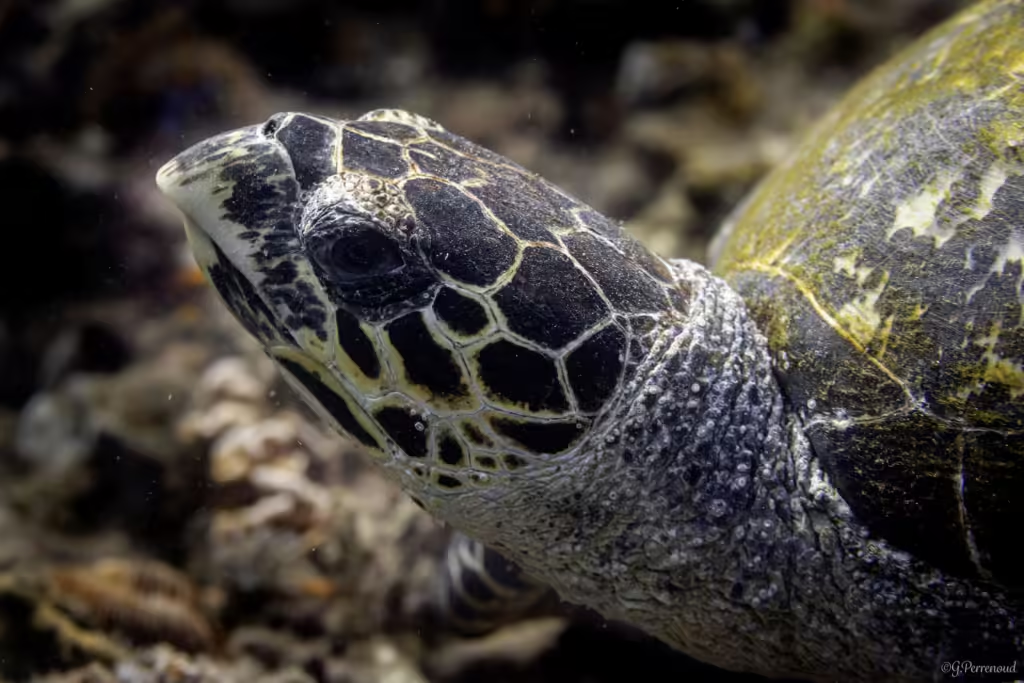
The Magnificent Green Turtle: A Herbivorous Marvel
Among the diverse array of sea turtle species, the green turtle (only species in the genus Chelonia) stands out as a true marvel of nature.
Physical Characteristics of the Green Turtle
Adult green turtles are impressive creatures, reaching lengths of up to 1.5 meters and weighing between 70 and 190 kilograms. Their bodies are elongated and streamlined, with a rounded head and powerful flippers that enable them to navigate the ocean currents with ease.
Habitat and Distribution of the Green Turtle
Green turtles are widely distributed across the world’s tropical and subtropical oceans, with major populations found in the Atlantic, Pacific, and Indian Oceans, as well as the Coral Triangle region of Southeast Asia. These turtles are highly adaptable, thriving in a variety of marine habitats, including seagrass beds, coral reefs, and coastal areas.
Some of the most significant nesting and feeding grounds for green turtles include the Great Barrier Reef in Australia, the Caribbean Sea, and the coasts of Florida in the United States. These areas provide ideal conditions for the turtles to feed, mate, and reproduce, ensuring the continuation of their species.
The Unique Diet of the Green Turtle
One of the fascinating characteristics of the green turtle is its dietary transformation from carnivory in youth to a predominantly herbivorous regimen as an adult. This shift is not common among sea turtles, making the green turtle’s eating habits particularly noteworthy. In their adult phase, green turtles mainly feast on a variety of seagrasses alongside algae and other forms of marine vegetation. This dietary preference is supported by their uniquely serrated jaws and a digestive system adept at breaking down plant matter. This turtle owes its name to the green color of its blubber, linked to its herbivorous diet.
The adult green turtle’s penchant for grazing on seagrass beds is more than a dietary choice; it serves a vital ecological function. By consuming seagrass, these turtles contribute significantly to the health and stability of marine ecosystems. Their grazing activities help in fostering the growth of new seagrass shoots while simultaneously curbing the proliferation of algae. This balance is crucial for the sustainability of seagrass beds, underscoring the green turtle’s essential role in marine ecology.[3]

The Critically Endangered Hawksbill Turtle: A Coral Reef Sentinel
The hawksbill turtle is a critically endangered species and the sole extant member of the genus Eretmochelys.
Physical Characteristics of the Hawksbill Turtle
Adult hawksbill turtles typically grow to around 1 meter in length and weigh approximately 80 kilograms. One of their most distinctive features is their sharp, curved beak, which is perfectly adapted for extracting sponges, algae, and other prey from the crevices of coral reefs.
The carapace of the hawksbill turtle is also remarkable, with overlapping scutes that create a serrated appearance along the rear margin, giving the turtle its distinctive “saw-like” profile.
Habitat and Distribution of the Hawksbill Turtle
Hawksbill turtles are primarily found in tropical and subtropical coral reef ecosystems around the world. Their range includes the Caribbean Sea, the Persian Gulf, the Red Sea, and the coasts of the Indian subcontinent and Southeast Asia. These turtles play a vital role in maintaining the health and biodiversity of coral reefs, as their feeding habits help to control the growth of sponges and other organisms that can outcompete and smother coral colonies.
The Hawksbill Turtle’s Role in Coral Reef Conservation
The hawksbill turtle’s close association with coral reefs makes it a sentinel species for the health of these fragile ecosystems. By monitoring hawksbill turtle populations and their nesting and feeding behaviors, conservationists can gain valuable insights into the overall health and resilience of coral reef environments.
Efforts to protect and conserve hawksbill turtles are crucial not only for the survival of the species itself but also for the preservation of the intricate and diverse coral reef ecosystems upon which they depend.[4]

Comparing the Green and Hawksbill Turtles: Distinct Characteristics and Roles
While the green and hawksbill turtles share many similarities as sea turtle species, they also exhibit distinct characteristics that set them apart and highlight their unique ecological roles.
Turtle Species Comparison: Green Turtles vs. Hawksbill Turtles
Characteristic | Green Turtle | Hawksbill Turtle |
Size | Up to 1.5 meters in length | Around 1 meter in length |
Carapace (Shell) | Smooth and rounded | Serrated appearance along the rear margin, “saw-like” profile |
Beak | Less hooked, adapted for grazing on seagrass | Sharp, curved, suited for extracting prey from coral crevices |
Dietary Preferences | Primarily herbivorous (seagrass, algae, marine vegetation) | Omnivorous (sponges, algae, invertebrates in coral reefs) |
Habitat Preferences | Associated with seagrass beds and coastal areas | Closely tied to coral reef ecosystems |

Hawksbill and Green Turtles: Conservation Status and Threats
Both the green and hawksbill turtles face significant threats to their survival, primarily due to human activities such as illegal hunting, bycatch in fishing operations, habitat loss, and pollution. However, their conservation statuses differ:
- Green Turtles: Listed as endangered by the International Union for Conservation of Nature (IUCN) and protected under various international and national regulations.[5]
- Hawksbill Turtles: Listed as critically endangered by the IUCN, making them one of the most threatened sea turtle species in the world.
Efforts to protect and conserve both species are crucial for maintaining the delicate balance of marine ecosystems and preserving these remarkable creatures for future generations. To achieve this, an increasing number of associations, people, and non-governmental organizations (NGOs) from around the world are joining the conservation efforts. These groups bring a wealth of resources, knowledge, and passion to the cause, each contributing in unique ways to protect marine life and habitats. Their involvement is vital for fostering global awareness, facilitating research, and implementing conservation strategies that can make a lasting difference.

Fun Facts about Turtles
- Turtles are one of the oldest creatures on earth, with their existence dating back to over 200 million years.[6]
- The shell of a turtle is made up of about 60 different bones, all connected together.[7]
- Turtles are known for their longevity, with some species living for over a hundred years.[8]
- The sex of a turtle is determined by the temperature of the sand where the eggs are incubated. Warmer temperatures produce female turtles, while cooler temperatures produce males.[9]

Conclusion
Turtles, particularly the Hawksbill and Green species, are enchanting marine creatures that captivate us with their unique characteristics and fascinating life cycles. Despite the threats they face, their resilience and adaptability are a testament to the wonders of marine life. As we strive to protect and conserve these magnificent creatures, we also contribute to the preservation of the delicate balance of our marine ecosystems. Let’s continue to marvel at these extraordinary ocean dwellers and pledge to safeguard their existence for generations to come.

